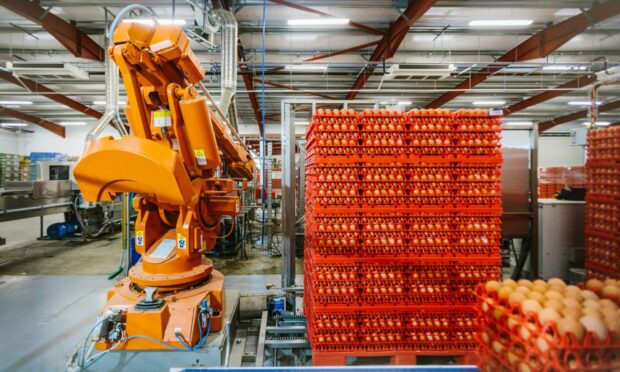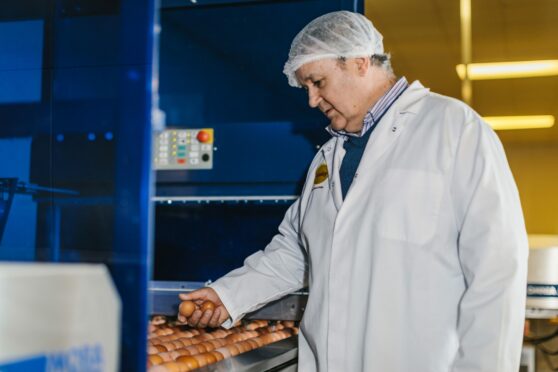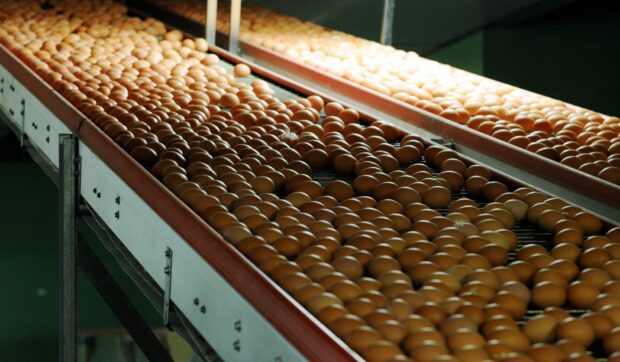The owner of one of Scotland’s biggest egg businesses has compared an avian flu cull of almost 100,000 birds to the experiences of cattle and sheep farmers during the foot and mouth disease (FMD) epidemic.
Robert Chapman, the managing director of Farmlay Eggs at Strichen, described the stress of seeing a unit of 55,000 hens slaughtered, followed by a cull of 44,000 healthy, free-range hens which were housed on the same farm.
“We had hoped they could be saved as they had no clinical signs of the disease, but it had to be done because they were so close,” he said.
“It’s very disappointing and depressing, as they were laying and performing well and no farmer wants to see his healthy livestock culled.
“It’s a bit like what happened during foot and mouth in 2001. Some farmers never recovered from that. It’s very stressful.”
However, Mr Chapman said he recognised the cull had to happen as a precautionary measure and in order to control the disease.
Farmlay’s packing plant, which has a throughput of five million eggs per week, is at a standstill as it lies within the 3km protection zone around the infected farm.
New measures have been introduced at the plant, and more inspections by the Animal and Plant Health Agency (APHA) and the government’s egg inspectorate are imminent.
Mr Chapman is hopeful that grading and packing will be allowed to start by the weekend so that deliveries can be made to major supermarkets, small retailers and wholesale companies.
He said his customers had been very understanding and he was grateful for their support.
“The eggs are stacking up on farms, so some retail shelves are starting to get low, but as soon as we get going, we will work all hours to get the supply chain up and running,” he said.
“Our customers have agreed to reduce the shelf life on the packs from 19 days to 14 days, which is very helpful.
“There’s absolutely nothing wrong with the eggs and no risk to the public, and no one wants to see good food wasted.”
Meanwhile, the business is reviewing its biosecurity measures and putting new measures in place.
“It’s a very steep learning curve,” said Mr Chapman.
“Our measures were robust before the outbreak, but they can always be improved.”


